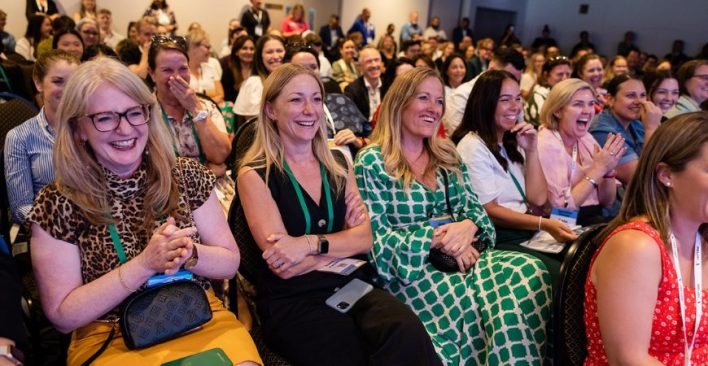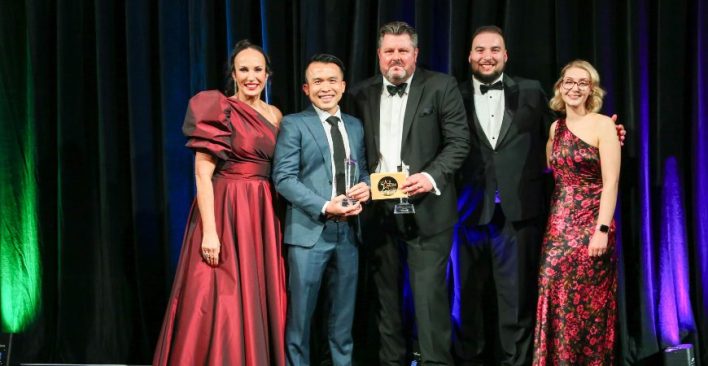What I Learned about Sourcing from Down Under

Australia and New Zealand have always been a fantasy to me.
I’ve seen the landscape in movies and on television. I watched the Sydney Olympics as a teenager with envy and desire. Over the years, I’ve heard many great swimmers and surfers rave about the culture, atmosphere and kind hospitality of locals.
These were two surreal countries that were on the top of my bucket list to visit. I know my thirst to travel would eventually take me there. Never in my wildest dreams did I ever imagine it would be for work and I am thankful it was with the Sourcing Social Talent 2015 (SST15) conference organised by folks from ATC Events.
[bctt tweet=”@SourcingShannon reckons she picked up quite a few things about sourcing during #SST15.”]
I love my job. I love helping people find jobs. And I love finding people. I am passionate about candidate experience. If it wasn’t for the person I was searching for, I wouldn’t have so much hunger for my job. It was a pleasure to share this passion with many like-minded recruiters and sourcers that attended the conference in November last year at Melbourne, Sydney and Auckland.
However, it is not all one-way transference of knowledge. I’m also a lifelong student in our industry and I must say I had picked up quite a few things about sourcing during my trip to down under. Here’s what I had learnt:
#1 You aren’t afraid to fail
It was clear that the dominant source of hire in Australia and New Zealand were job boards. This wasn’t too much of a surprise. Job boards have dominated the global marketplace and do provide an excellent resource of applicants.

Additionally, it was evident that LinkedIn was an extremely popular networking site for many recruiters to use. With these prominent tools, it’s often hard to integrate new websites and techniques. However, I learned that many attendees of the SST15 were indeed looking for new websites, methods and sources to find talent.
Using a new approach is often difficult for many recruiters to grasp. We are all creatures of habit and analytics never lie. Most of the attendees of the SST15 have realised that job boards and LinkedIn are quickly becoming oversaturated. It’s important for us to try new websites and to integrate new techniques to find talent. This message was very well received throughout the conference, especially with sourcing on Facebook, using “natural language” searches, and automated sites like SourceHub. Examples of “natural language” searches include:
“i am a graphic designer” OR “i’m a graphic designer” photoshop
“(he OR she) is (the OR a) graphic designer”
“(i OR my) (specialty OR specialties OR specialize) (is OR are OR in) (photoshop OR adobe OR illustrator OR dreamweaver OR html OR css OR php)”
#2 We need to travel back in time
The importance of candidate experience was extremely evident throughout the SST15.
In the digital age, candidates have more ability to share information and research companies. Long gone are the days of spraying and praying and leaving our candidates in the dark. Creating a meaningful and impactful experience for our candidates does work, and it starts with sourcing.
In my presentation I shared the following statistics from the Candidate Experience Awards:
- 82.8% of candidates share with their positive experience with their inner circle
- 51% of candidates share their positive experience on social media
We now have data that shows candidate experience works. These statistics are important for sourcers to understand.
As sourcers, we have the opportunity to set ourselves up for success through our initial contact and through job advertisement. We shouldn’t taint candidate experience through laziness or over automation. Sourcing can be difficult, but we need to spend more time building a relationship with our candidates than we do building a Boolean string to find them. Sourcers need to take more time to review a candidate’s background before initial contact. I recommend using Crystal Knows to help craft a custom message to your candidates.
[bctt tweet=”Gone are the days of spraying & praying & leaving candidates in the dark says @SourcingShannon.”]
#3 Sourcing is evolving to matching
Technology has made it easier for us to find talent faster. The role of the sourcer isn’t going away, but it is evolving. I have always looked at recruiters as the “match-makers” and sourcers as the “hunters.”
While I still find this to be true, it is evident that the role of a sourcer is beginning to blend with the role of a recruiter. As companies start to reexamine the value of candidate experience and employee benefits, candidates are starting to pursue employers more than ever before. Likewise, companies are starting to hire more for cultural fit than skill.
Sourcing for culture is no easy task. Anyone can put competencies on their online profiles, but truly sourcing for those cultural competencies are almost impossible. In my crystal ball, I see sourcers using more tools to identify a cultural fit, before identifying a technical fit. We might be several years away from this technology, but with billions of profiles on social media and the technical capabilities of linguistic software, it will happen in the near future.
Shannon was a keynote speaker at the Sourcing Social Talent 2015 (#SST15) conferences held in Melbourne, Sydney and Auckland.
Related articles
Leave a Reply
Sign up to our newsletter
Get a weekly digest on the latest in Talent Acquisition.
Deliver this goodness to my inbox!


